The Power of Data
Data, when used appropriately, can illuminate so much….the good and bad. The good enables us to recognize achievement. The bad allows for corrections and change to make a situation better. Then why are so many afraid of data?
I recently completed a project for a client where I analyzed their data over the last ten years trying to identify the best prospects for two specific mini-campaigns. To be candid, I love this work. Data, as I said earlier, allows better decisions and understanding of what is actually occurring.
What I didn't know in this particular situation is that data also allowed a great deal of comfort to the leadership regarding what had occurred over the last two years. During this timeframe, the chief financial officer kept indicating that the new chief development officer and fundraising team were underperforming. Things weren't happening the way they should. That they, the philanthropic office, were causing financial issues. The CFO kept a consistent ring of these comments in the ears of other senior executives in the organization.
But what did the data say?
In the middle of the presentation showing all the results of the analysis, the chief development officer looked like she wanted to cry. Since it was just the two of us in a preview of the results, I asked if she was OK. What she told me was that the data, accurately so, showed that since her arrival 18 to 20 months ago, the total number of donors was up. The total number of dollars was significantly up. The cost to raise a dollar was down. Her emotional state was more of relief, not only of the facts but for the first time being able to show the other senior executives the true nature of her work and that of her team.
Not long ago, I had the opposite experience with a separate client. The data over the past six to eight years showed a 60 to 70% loss in the number of donors per year, dramatically reduced philanthropy in total and other challenging realizations. In this case, the executive team began to make some drastic changes in the foundation office.
Back to our first example above. The other thing that was illuminated through the data was that when the office and the organization concentrated on major and principal gifts more heavily, the total number of dollars raised increased significantly. There were the same number of donors and dollars almost year over year for 10 years in their annual giving and leadership annual giving opportunities (in their case $2,500 and below annually).
This reaffirmed what many of us have been saying for a long time--yes you need a pipeline. Yes, you need to give people an opportunity to give. Nobody's recommending removing the annual giving program. But if you're not focused on the top 3 to 5% of those who can make the biggest difference, you're not going to reach your goals.
I am always surprised when people fight an analysis of their data. It's the road map to where you've been. But more importantly, it's the directions to your future if you can read the map correctly.


